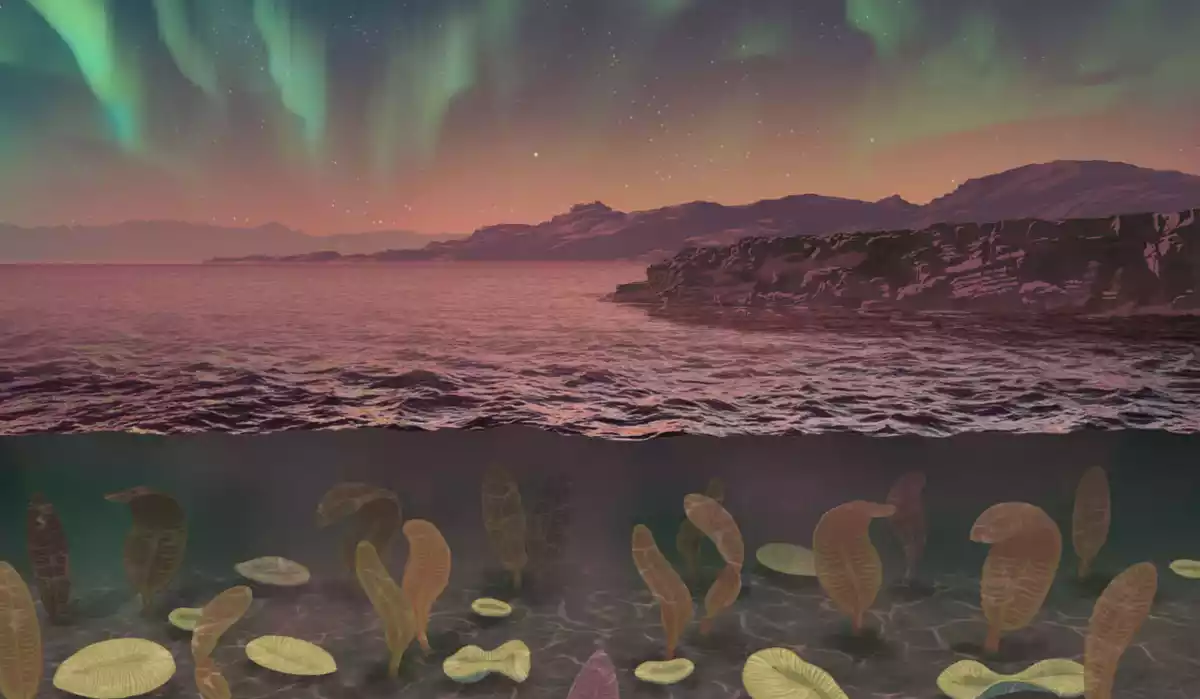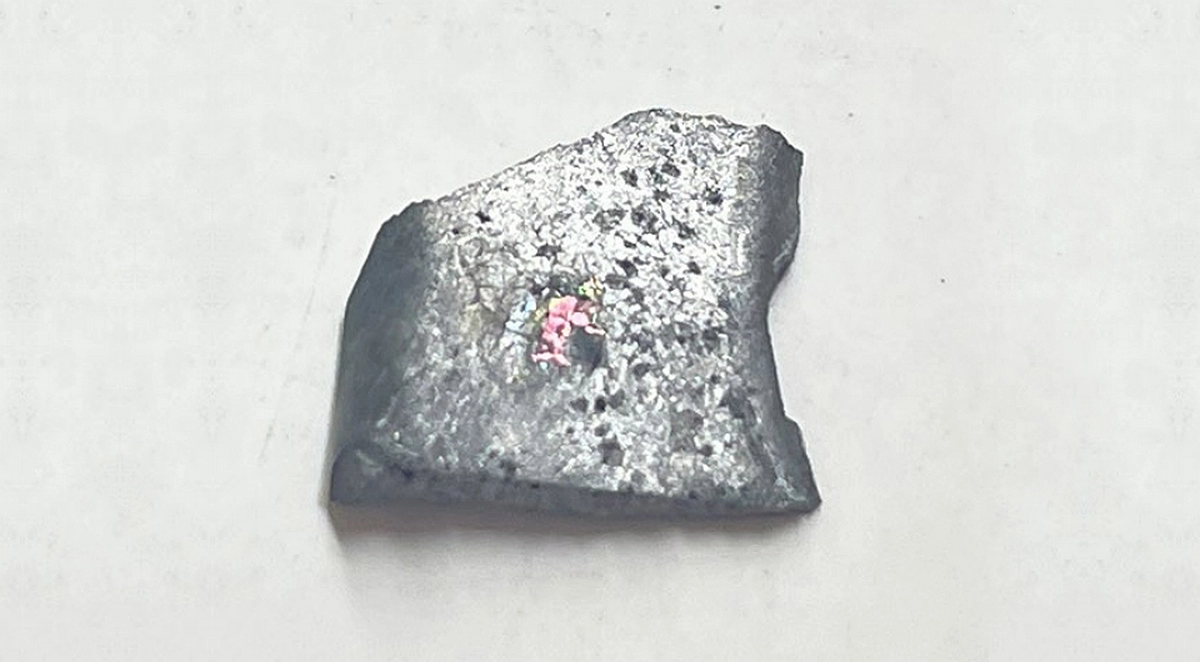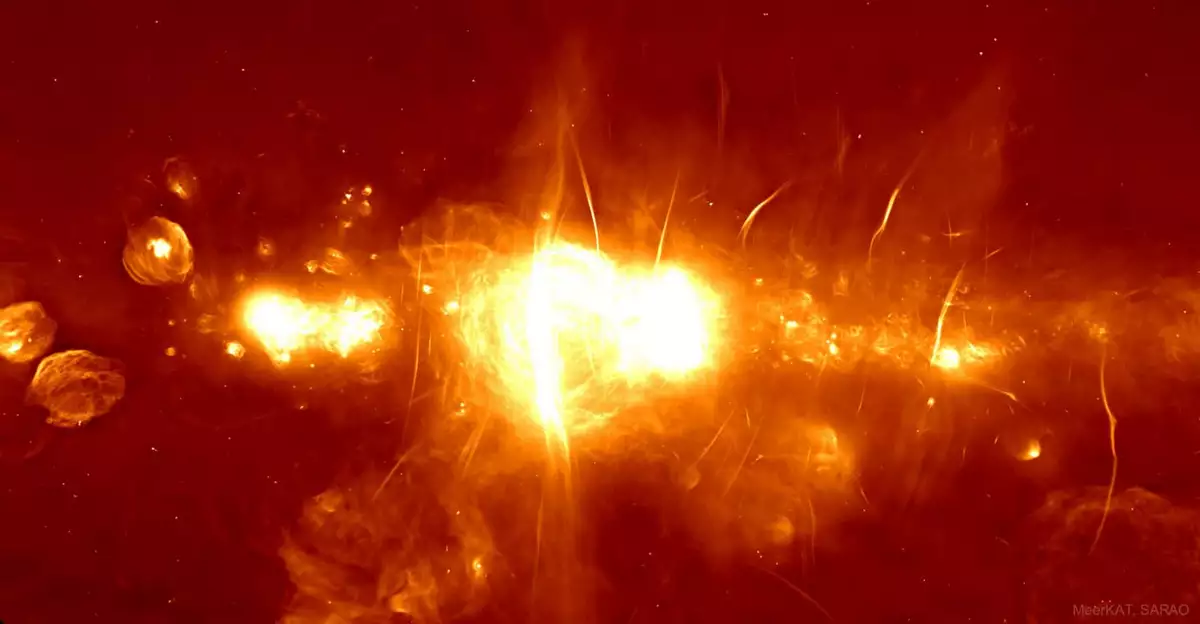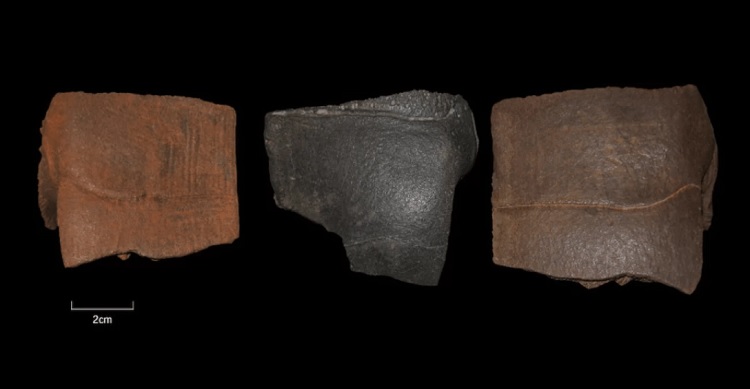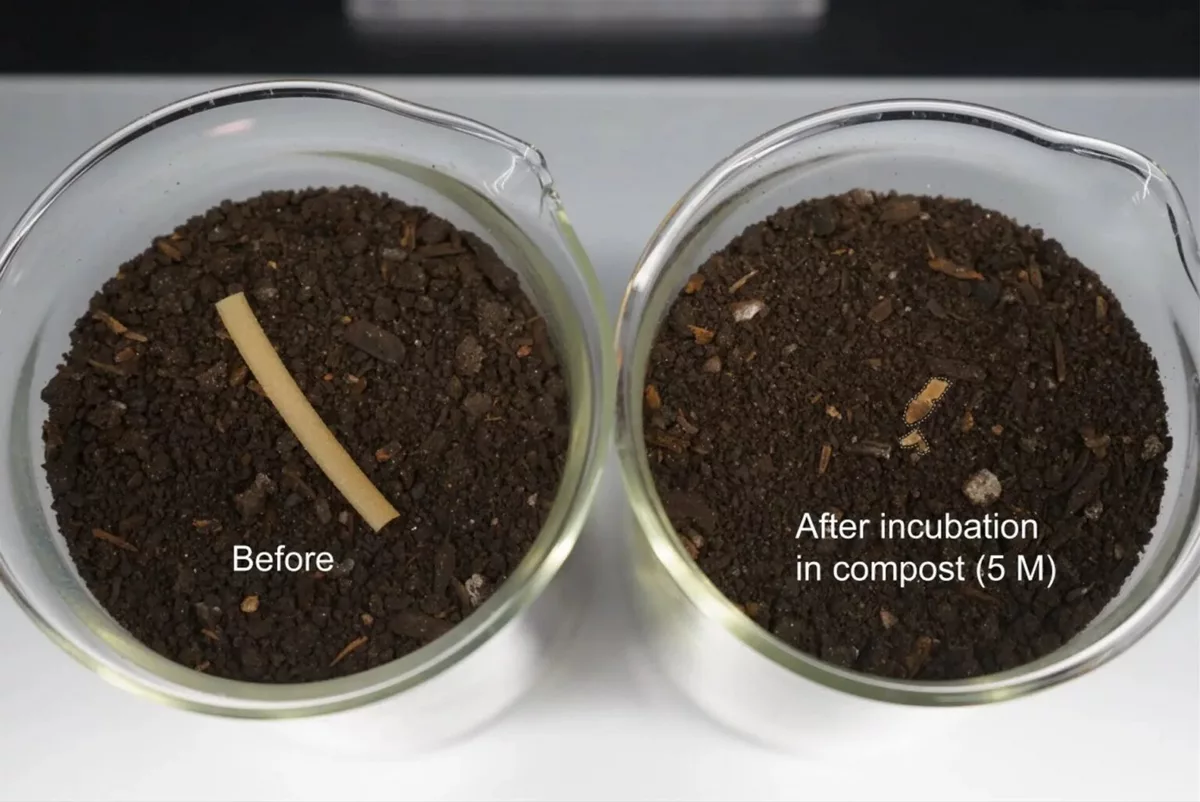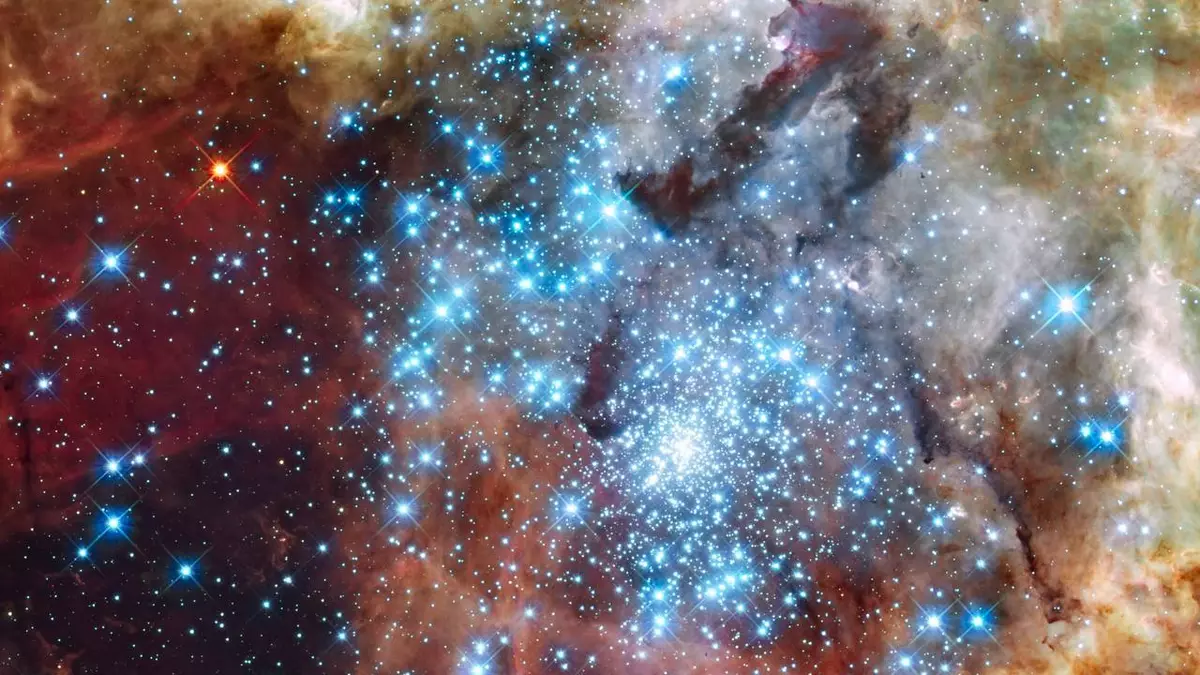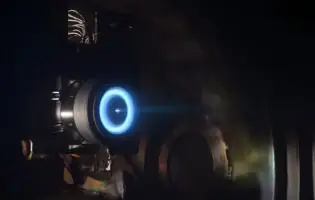Saturn has 146 confirmed moons – more than any other planet in the Solar System – but one, called Enceladus, stands out. It looks like it has the ingredients for life.
From 2004 to 2017, Cassini - a joint mission of NASA, the European Space Agency and the Italian Space Agency - explored Saturn, its rings and moons. Cassini made impressive conclusions. Enceladus, only 313 miles (504 kilometers) in diameter, hides an ocean of liquid water beneath the icy crust that covers the entire moon.
Geysers on the south pole of the Moon throw gas and ice grains formed from oceanic water into space.
Although Cassini engineers did not plan to analyze the icicles actively ejected by Enceladus, they installed a dust analyzer on the spacecraft. This instrument measured the ejected icicles individually and told researchers about the composition of the subsurface ocean.
As a planetary scientist and astrobiologist who studies ice grains from Enceladus, I wonder if there is life on this or other icy moons. I also want to understand how scientists like me can detect it.
Ingredients for life
Like Earth's oceans, Enceladus' ocean contains salt, most of which is sodium chloride, known as table salt. The ocean also contains various carbon-based compounds, and it undergoes a process called tidal heating that generates energy within the Moon. Liquid water, carbon-based chemicals, and energy are the key ingredients of life.
In 2023, I and other scientists found phosphate, another vital compound, in ice grains originating from Enceladus' ocean. Phosphate, a form of phosphorus, is vital to all life on Earth. It is part of DNA, cell membranes and bones. This was the first time that scientists have found this compound in an extraterrestrial water ocean.
Enceladus' rocky core probably interacts with the watery ocean through hydrothermal vents. These hot, geyser-like structures protrude from the ocean floor. Scientists suggest that such an environment could have been the place of birth of life on Earth.

Discovering potential life
To date, no one has discovered life beyond Earth. But scientists agree that Enceladus is a very promising place to search for life. So how do we search?
In a paper published in March 2024, my colleagues and I conducted a laboratory test in which we simulated whether dust analysis instruments on spacecraft would be able to detect and identify traces of life in ejected ice grains.
To simulate the detection of ice grains as captured by dust analyzers in space, we used a laboratory setup on Earth. With this setup, we injected a tiny beam of water containing bacterial cells into a vacuum, where the beam broke up into droplets. Each drop theoretically contained one bacterial cell.
We then fired a laser at the individual droplets, which created charged ions from water and cell compounds. We measured the charged ions using a method called mass spectrometry. These measurements helped us predict what the dust analysis instruments on the spacecraft would find if they encountered a bacterial cell contained in an ice crumb.
We have found that these devices do a good job of identifying cellular material. Instruments designed to analyze individual ice grains should be able to identify bacterial cells, even if an ice grain from an Enceladus-type geyser contains only 0,01 percent of the constituents of a single cell.
Analyzers can recognize a number of potential signatures of cellular material, including amino acids and fatty acids. The detected amino acids are either fragments of cell proteins or metabolites – small molecules involved in chemical reactions inside the cell. Fatty acids are fragments of lipids that make up cell membranes.
In our experiments, we used the bacterium Sphingopyxis alaskensis. The cells in this culture are extremely tiny – about the same size as cells that would fit in the ice sheets ejected from Enceladus. In addition to their small size, these cells love cold environments and need only a few nutrients to survive and grow, just as life adapted to Enceladus' ocean conditions likely would.
The special dust analyzer on Cassina did not have the analytical capabilities to identify cellular material in ice grains. However, scientists are already developing instruments with much greater capabilities for potential future Enceladus missions. Our experimental results will be used in the planning and development of these devices.
Future missions
Enceladus is one of the main targets for future missions by NASA and the European Space Agency. In 2022, NASA announced that the mission to Enceladus has the second highest priority in selecting the next major missions, with the mission to Uranus having the highest priority.
The European Space Agency recently announced that Enceladus is the primary target of its next major mission. This mission will likely include a powerful dust analyzer to analyze ice grains.
Enceladus is not the only moon with an ocean of liquid water. Jupiter's moon Europa also has an ocean that covers the entire moon beneath its icy crust. Ice grains on Europa float above the surface, and some scientists believe that Europa may even have Enceladus-like geysers that eject the grains into space. Our research will also help study ice grains from Europe.
NASA's Europa Clipper mission will visit Europa in the coming years. Clipper is scheduled to launch in October 2024 and arrive at Jupiter in April 2030. One of the two mass spectrometers on the spacecraft, the SUrface Dust Analyzer, is designed to analyze individual ice grains.

The Surface Dust Analyzer on Clipper will analyze ice grains from Jupiter's moon Europa. (NASA/CU Boulder/Glenn Asakawa)
Our study demonstrates that this tool can find even tiny fractions of bacterial cells if they are present in just a few ejected ice grains.
Given the near-term plans of space agencies and the results of our research, the prospects for future space missions to Enceladus or Europa are incredibly exciting. We now know that with the help of existing and future instruments, scientists will be able to find out if there is life on any of these moons.


 339
339


